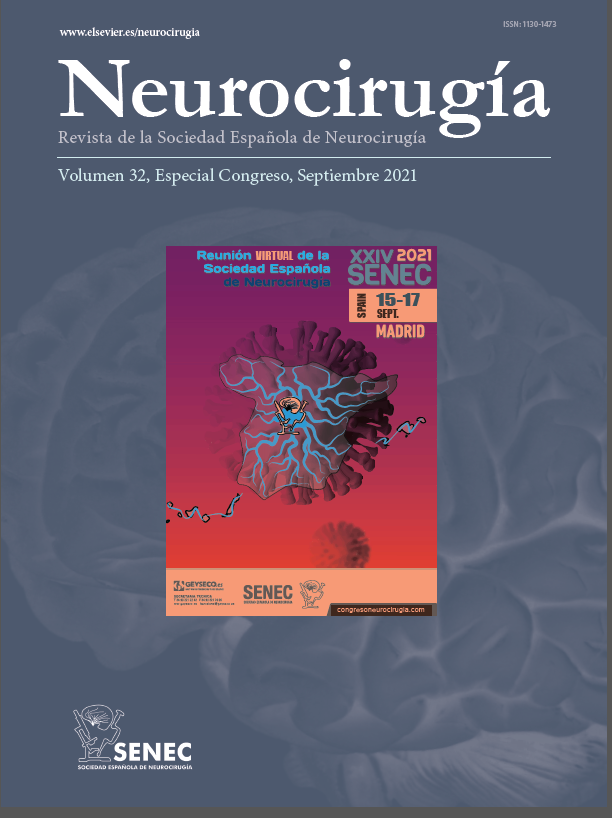C-0313 - THE THOUSAND FACES OF THE GLIOBLASTOMA, AN ATYPICAL CASE REPORT
Neurocirugía, Hospital Universitario Clínico San Carlos, Madrid, Spain.
Objectives: To describe an atypical clinical and radiological presentation of a glioblastoma.
Methods: Glioblastomas are the most common type of malignant primary brain tumor, responsible for the majority of deaths among patients with primary brain tumors. GBM can present with focal or generalized signs due to mass effect, parenchymal infiltration and destruction. There have been reports of unusual clinical manifestations, making accurate diagnosis in these cases extremely difficult. A 44 year old female presented with refractory status epilepticus with CT findings of generalized left hemispheric edema with important mass effect and data suggesting a viral encephalopathy. Due to risk of herniation, a lumbar puncture could not be performed. The patient was admitted to the ICU for intracranial pressure monitoring and developed a state of low consciousness with anisocoria despite receiving adequate medical management (corticosteroids, antivirals and antiepileptic drugs), requiring a decompressive craniectomy as a lifesaving rescue measure. Two brain biopsies were performed to guide medical therapy, both of them with negative results. As a last resource, it was decided to establish immunosuppressive therapy, achieving clinical improvement of the patient but developing in control images, three months after onset, the appearance of a non-specific contrast-enhancing lesion in the area where edema was initially found with intense uptake of FDG in PET-CT scan.
Results: Finally, a new open biopsy of the lesion was performed, obtaining the diagnosis of a high-grade glioma, but due to the appearance of new lesions and poor neurological prognosis, it was decided to institute palliative measures.
Conclusions: Glioblastoma multiforme as its name indicates can be presented in many ways, physicians should keep brain tumors in mind in cases where patients present with atypical findings or a motley evolution. We believe in our case that the appearance of the lesion could have been triggered thanks to the use of immunosuppressants that could favored tumor growth/malignancy showing its true face.







